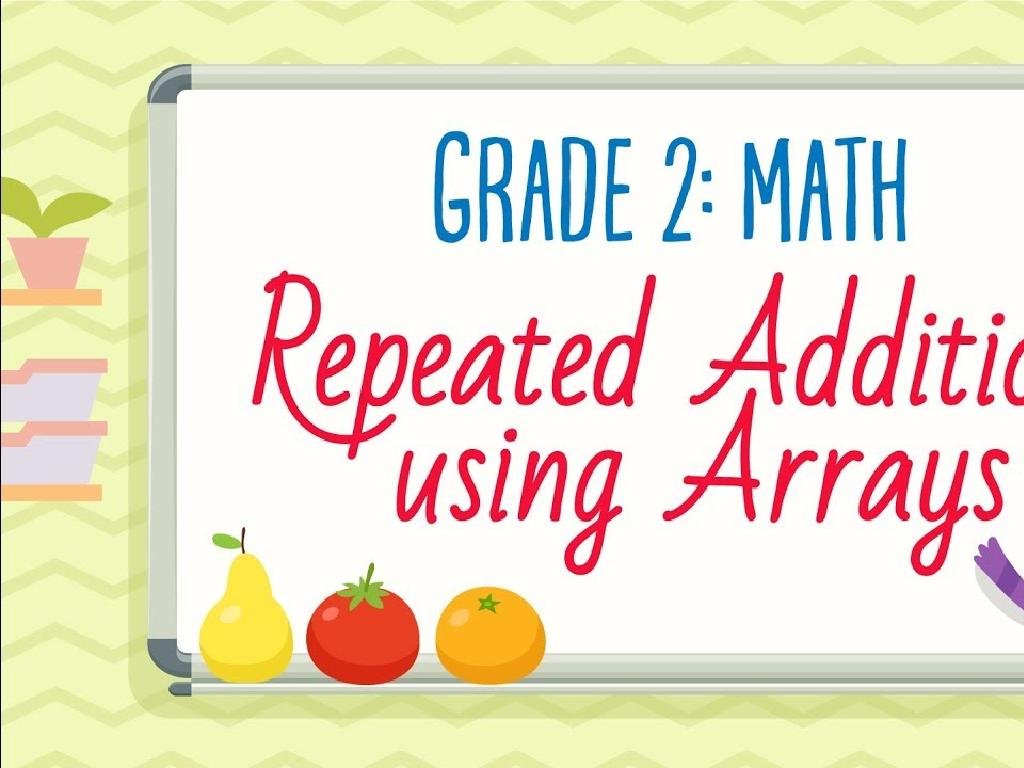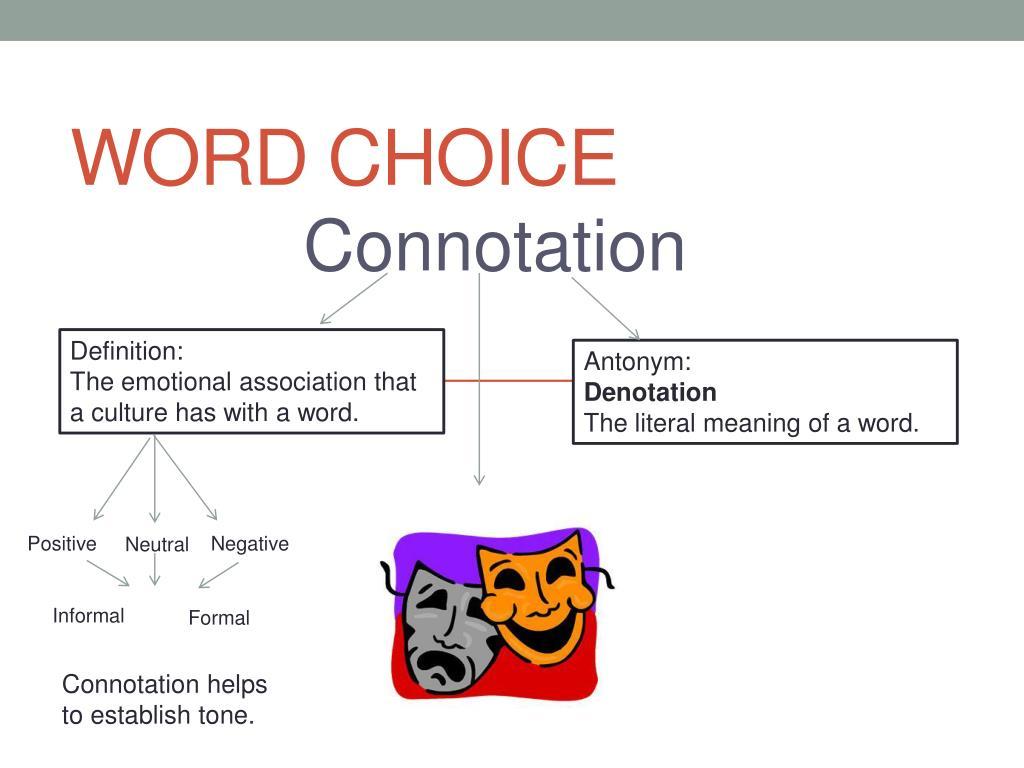Lunar New Year
Subject: Social studies
Grade: Second grade
Topic: Cultural Celebrations
Please LOG IN to download the presentation. Access is available to registered users only.
View More Content
Exploring Lunar New Year
– What is Lunar New Year?
– A big holiday in many countries, like a New Year but based on the moon’s cycle.
– What is a celebration?
– A party or event where we have fun and remember something special.
– Why do people celebrate together?
– Lunar New Year traditions
– Red envelopes, dragon dances, and yummy food!
|
This slide introduces the concept of Lunar New Year to second graders, explaining it as an important cultural celebration based on the lunar calendar. Begin by asking the class what they think a celebration is to engage them in the topic. Explain that celebrations are times when people gather to remember and honor special events or traditions. Emphasize that Lunar New Year is a time for family and friends to come together and participate in various traditions such as sharing meals, giving red envelopes for good luck, and enjoying parades with dragon dances. Encourage students to think about celebrations they participate in with their families and how those might be similar or different from Lunar New Year festivities.
Exploring Lunar New Year
– Lunar New Year: A world festival
– Celebrated in many countries, with parades and family gatherings.
– Marks lunar calendar’s beginning
– Also called Chinese New Year
– It’s a time for new beginnings and wishing for a lucky and prosperous year ahead.
– Known as Spring Festival too
– Families clean their homes, decorate with red, and share delicious meals.
|
Lunar New Year is a vibrant and important cultural celebration for many people around the world. It signifies the start of the lunar calendar, which is based on the cycles of the moon. This festival is rich in traditions and is a time for families to come together and celebrate. It’s known by various names, including Chinese New Year and Spring Festival. In class, we can explore the different ways people celebrate this holiday, such as cleaning and decorating their homes, having parades, and enjoying special foods. Encourage the students to think about their own New Year’s celebrations and how they might be similar or different.
When is Lunar New Year?
– Lunar New Year and the moon
– The festival is timed with the cycles of the moon.
– It’s a movable celebration
– Unlike fixed holidays, it changes each year.
– Dates range from Jan 21st to Feb 20th
– It can be any day within this one-month period.
– Let’s find this year’s Lunar New Year!
– We’ll use a lunar calendar to discover the exact date for this year.
|
This slide introduces students to the concept of the Lunar New Year and its connection to the lunar calendar. Explain that unlike holidays with set dates each year, the Lunar New Year is based on the lunar cycle, which is why it changes annually. The date range provided gives students a general timeframe of when to expect the celebration. Engage the class by showing them a lunar calendar and working together to find the date for the current year’s Lunar New Year. This activity will help them understand the cultural significance of lunar cycles in determining important festival dates.
Symbols of Lunar New Year
– Red: A lucky Lunar New Year color
– Red decorations are believed to bring good luck and happiness.
– Dragons: Symbols of luck and strength
– Dragons in parades scare away bad luck and bring health.
– Lanterns: Lighting the path to fortune
– People hang lanterns to guide good luck to their homes.
|
This slide introduces students to the important symbols associated with the Lunar New Year celebration. Explain that red is considered a very lucky color and is used in decorations and clothing to bring good luck and happiness for the coming year. Dragons are mythical creatures that are a sign of good luck, strength, and health; they are often seen in parades. Lanterns are another key symbol, hung outside homes to light the way for good fortune. Encourage students to think about symbols in their own lives that represent good things and share them with the class.
Traditions of Lunar New Year
– Families have reunion dinners
– A special meal with loved ones on New Year’s Eve
– Homes are cleaned for the New Year
– Cleaning is like sweeping away bad luck to welcome good fortune
– Children get red envelopes
– These envelopes usually contain money
– Red envelopes bring good luck
– It’s a tradition believed to give children luck and happiness
|
This slide introduces students to the key traditions of Lunar New Year, a significant cultural celebration in many Asian countries. Emphasize the importance of family during this holiday, as many people travel to be with their loved ones for a reunion dinner. Discuss the symbolism of cleaning homes to prepare for a fresh start and the excitement children feel when receiving red envelopes, known as ‘hongbao’ in Mandarin, which are thought to bring good luck and prosperity. Encourage students to think about their own family traditions and how they might compare to those of Lunar New Year.
Lunar New Year Foods and Traditions
– Dumplings for wealth
– They resemble old Chinese coins, symbolizing prosperity.
– Noodles for long life
– It’s believed that long noodles equal a long and healthy life.
– Sweet rice cakes for a sweet year
– Eating these treats wishes you richness and sweetness.
|
This slide introduces students to the traditional foods of Lunar New Year and their symbolic meanings. Dumplings, shaped like ancient Chinese money, are eaten with the hope of bringing wealth. Noodles, especially long ones, are consumed to represent the wish for a long life. Sweet rice cakes are enjoyed to invite a sweet and prosperous new year. Engage the students by asking if they have similar food traditions in their own families and how that makes them feel. This can be a great opportunity to discuss the importance of food in cultural celebrations and how it brings people together.
Lunar New Year Around the World
– Many countries celebrate Lunar New Year
– Each country has unique traditions
– China has dragon dances, Vietnam has T¿t, South Korea enjoys Seollal
– Comparing similar and different customs
– Some eat special foods, give money in red envelopes, or have fireworks
– Exploring China, Vietnam, and South Korea
– Learn about each country’s special way of celebrating this festive time
|
This slide introduces students to the global aspect of Lunar New Year, emphasizing its celebration across different countries with diverse traditions. Highlight that while the holiday is shared, the cultural expressions vary. For example, China is famous for its dragon dances and red envelopes called ‘hongbao,’ Vietnam celebrates T¿t with unique foods like ‘bánh ch°ng,’ and South Korea’s Seollal includes traditional games and clothing. Encourage students to think about how these celebrations reflect the values and history of each country. The slide aims to foster an appreciation for cultural diversity and the ways in which a shared holiday can be uniquely embraced by different communities.
Let’s Celebrate Together!: Lunar New Year
– Make red paper lanterns
– Red is a lucky color in Lunar New Year celebrations
– Decorate with lucky symbols
– Symbols like dragons or the character for ‘fortune’ bring good luck
– Learn about Lunar New Year
– Share with your family
|
This slide introduces a class activity where students will engage in making red paper lanterns, a traditional craft for Lunar New Year. The activity is designed to be hands-on and to help students understand the significance of red as a symbol of luck and happiness in many Asian cultures. Encourage students to decorate their lanterns with symbols that are commonly associated with luck and good fortune, such as dragons or Chinese characters. This activity also serves to connect students with the cultural aspect of the Lunar New Year and encourages them to share their knowledge with their families, fostering a home-school connection. Provide detailed guidelines for the teacher on how to assist students in making the lanterns, and offer suggestions for discussion about the importance of the symbols used in decoration.






